Overview of Manufacturing Engineering and Technology 8th Edition
A comprehensive, up-to-date textbook covering the science, engineering, and technology of modern manufacturing. It emphasizes active learning and is designed for both students and industry professionals.
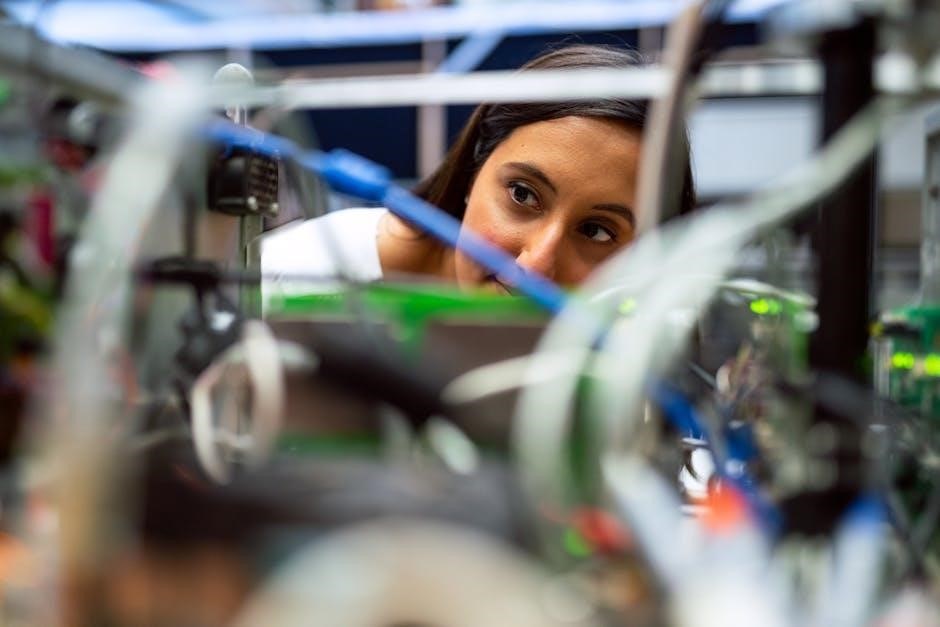
Manufacturing Engineering and Technology, 8th Edition, authored by Serope Kalpakjian and Steven Schmid, is a comprehensive textbook designed for both undergraduate and graduate students, as well as professionals in the field. It provides a balanced and up-to-date coverage of the science, engineering, and technology of manufacturing, emphasizing interdisciplinary approaches. The book integrates key topics such as materials selection, manufacturing processes, computer-integrated manufacturing, and quality assurance. Active learning techniques, preview activities, and real-world case studies enhance student engagement. This edition is available in both digital and print formats, offering flexibility for modern learners. It serves as a foundational resource for understanding the evolving landscape of manufacturing engineering and technology.
Authors and Their Contributions
Serope Kalpakjian and Steven R. Schmid are renowned experts in manufacturing engineering, bringing extensive academic and industrial experience to the 8th edition. Kalpakjian, from the Illinois Institute of Technology, specializes in manufacturing processes and materials, while Schmid, from the University of Notre Dame, focuses on mechanical engineering and design. Their collaboration ensures a well-rounded perspective, blending theoretical foundations with practical applications. They have updated the text to include modern advancements, emphasizing interdisciplinary approaches and real-world relevance. Their contributions have made the book a cornerstone in manufacturing education, providing students and professionals with a thorough understanding of the field’s evolving landscape.
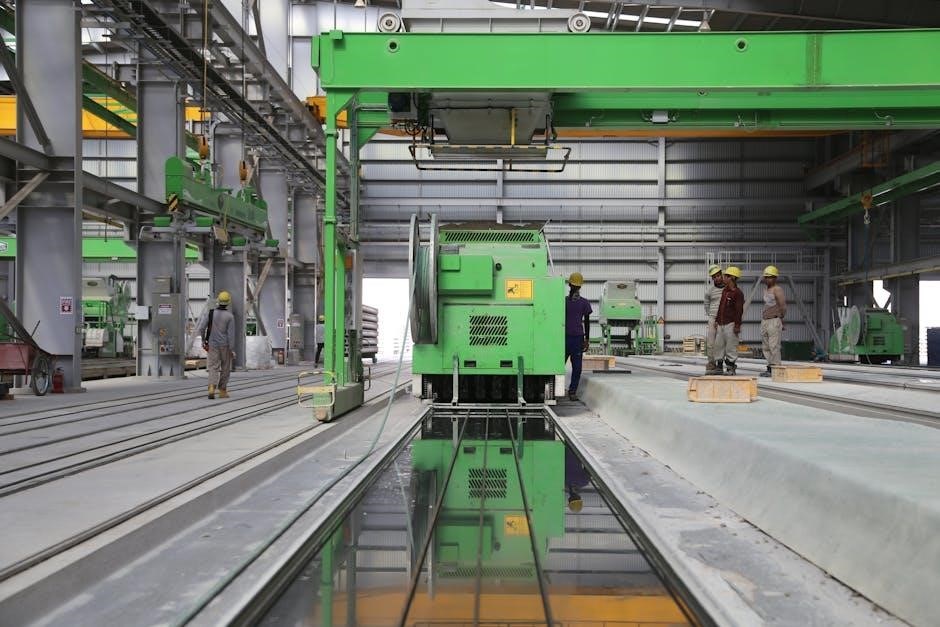
Scope and Coverage of the Book
The book provides a wide-ranging exploration of manufacturing engineering, covering fundamental principles, advanced technologies, and practical applications across various industries, ensuring comprehensive understanding.
Key Topics in Manufacturing Engineering
The 8th edition covers essential topics such as manufacturing processes, materials science, computer-integrated manufacturing (CIM), and quality assurance. It also explores lean production, sustainable manufacturing, and global competition. These topics are supported by detailed explanations, case studies, and practical applications, ensuring a deep understanding of modern manufacturing challenges. The book emphasizes the importance of environmentally conscious design and the selection of appropriate materials and processes. Additionally, it delves into advanced technologies and their integration into manufacturing systems, providing readers with a holistic view of the field. This comprehensive approach prepares students and professionals to address current and future manufacturing challenges effectively.
Materials and Manufacturing Processes
The 8th edition provides an in-depth exploration of materials and their properties, focusing on their application in various manufacturing processes. It covers traditional and advanced materials, including metals, polymers, ceramics, and composites, highlighting their suitability for different production methods. The text elaborates on processes such as casting, machining, forming, and additive manufacturing, emphasizing their advantages and limitations. Sustainable manufacturing practices are also addressed, with discussions on material selection, energy efficiency, and waste reduction. Practical examples and case studies illustrate the importance of material-process interactions in achieving desired product quality and performance. This section equips readers with essential knowledge for making informed decisions in manufacturing environments.
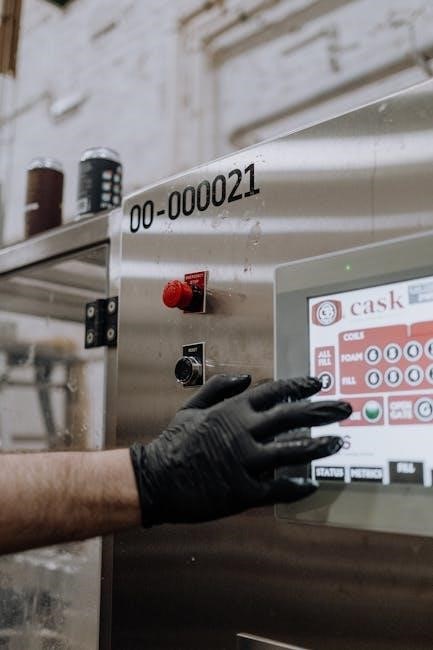
Computer-Integrated Manufacturing (CIM)
Computer-Integrated Manufacturing (CIM) is a holistic approach that integrates various manufacturing processes and systems using computer technology. It encompasses tools like CAD (Computer-Aided Design), CAM (Computer-Aided Manufacturing), and CAE (Computer-Aided Engineering), enabling seamless design-to-production workflows. CIM enhances automation, improves production planning, and ensures data consistency across departments. The 8th edition highlights CIM’s role in optimizing manufacturing operations, reducing errors, and increasing efficiency. It also covers advancements in technologies such as CNC machining, robotic assembly, and enterprise resource planning. By integrating these systems, CIM facilitates real-time monitoring and adaptive manufacturing, making it crucial for modern, competitive production environments. This section underscores CIM’s significance in achieving precision, flexibility, and sustainability in manufacturing.
Quality Assurance and Total Quality Management
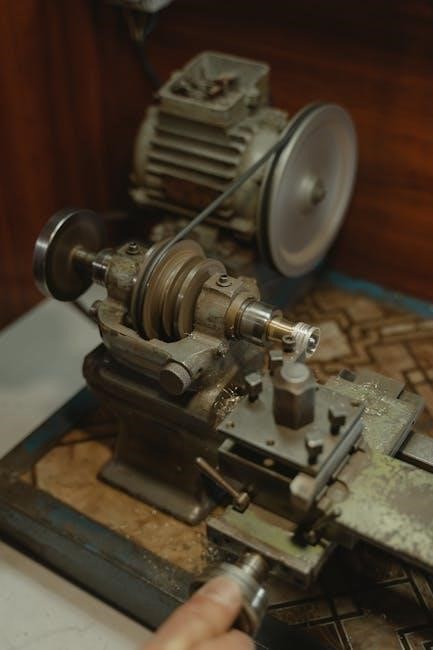
Quality assurance and total quality management are critical components of modern manufacturing, ensuring products meet specifications and customer expectations. The 8th edition emphasizes systematic approaches to quality control, including statistical process control and Six Sigma methodologies. It discusses the importance of continuous improvement and employee involvement in maintaining high standards. The textbook also covers tools like Pareto charts, cause-and-effect diagrams, and control charts to identify and resolve quality issues. By integrating quality management into every stage of production, manufacturers can reduce defects, enhance reliability, and achieve customer satisfaction. This section highlights the methodologies and strategies necessary for implementing effective quality systems in manufacturing environments.
Features and Innovations in the 8th Edition
The 8th edition introduces active learning techniques, updated case studies, and enhanced digital resources. It includes revised chapters on sustainable manufacturing and advanced technologies, ensuring relevance and engagement for modern learners.
Active Learning Techniques
The 8th edition incorporates active learning techniques to engage students and enhance comprehension. Preview activities at the start of each section help students prepare for key concepts. End-of-section exercises and problems encourage hands-on application of theories. Real-world case studies and practical examples are integrated to bridge the gap between theory and practice. These interactive elements foster critical thinking and problem-solving skills, ensuring students are well-prepared for challenges in manufacturing engineering. The emphasis on active learning makes the textbook a dynamic resource for both individual study and classroom instruction, promoting deeper understanding and retention of manufacturing principles.
Case Studies and Real-World Applications
The 8th edition enhances understanding with detailed case studies and real-world applications, linking theoretical concepts to practical manufacturing scenarios. These examples span areas like computer-integrated manufacturing, environmentally conscious design, and lean production. By examining real industry challenges, readers develop problem-solving skills applicable to modern manufacturing environments. Updated content ensures the case studies align with the latest technologies and practices, providing relevant and engaging learning opportunities. This emphasis on real-world applications helps students and professionals grasp the interdisciplinary aspects of manufacturing, making the textbook a crucial tool for both education and professional growth in the manufacturing engineering sector effectively.
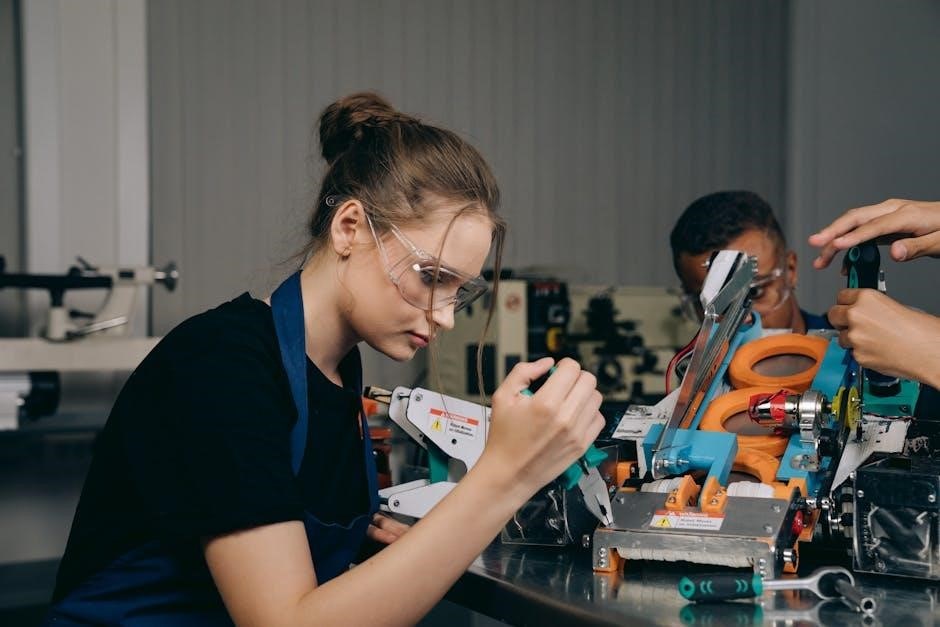
Target Audience
Manufacturing Engineering and Technology, 8th Edition, is designed for undergraduate and graduate students in manufacturing engineering programs and professionals seeking advanced knowledge in the field.
Undergraduate and Graduate Students
Manufacturing Engineering and Technology, 8th Edition, is specifically tailored for undergraduate and graduate students pursuing degrees in manufacturing engineering. The textbook provides a comprehensive, balanced approach to understanding the science, engineering, and technology of manufacturing. It covers key topics such as materials, processes, computer-integrated manufacturing, and quality assurance, ensuring students gain a robust foundation. Active learning techniques, preview activities, and real-world case studies engage students and enhance their problem-solving skills. The book also emphasizes interdisciplinary connections, preparing students for the complexities of modern manufacturing. With its up-to-date content, this edition serves as an essential resource for academic success and professional development in the field.
Professionals in Manufacturing Engineering
Manufacturing Engineering and Technology, 8th Edition, is an invaluable resource for professionals seeking to enhance their expertise in the field. The textbook offers updated insights into modern manufacturing practices, including advancements in materials, processes, and technologies. Professionals benefit from its comprehensive coverage of topics like computer-integrated manufacturing and quality assurance, which are crucial for staying competitive. The inclusion of real-world case studies and practical applications allows professionals to apply theoretical knowledge to everyday challenges. This edition also emphasizes sustainable manufacturing and lean production, aligning with current industry trends. It serves as a practical guide for professionals aiming to improve efficiency, innovation, and decision-making in their work.
Publishing Details and Availability
The 8th Edition is published by Pearson, with ISBNs 9780135211427 (digital) and 9780136681656 (print). Available in both formats through Pearson and major online retailers.
ISBN and Edition Information
The 8th Edition of “Manufacturing Engineering and Technology” is published by Pearson, with ISBN-13: 9780136681656 for the print version and ISBN-13: 9780135211427 for the digital version. The book is also available in SI units, catering to a global audience. This edition ensures students and professionals have access to the latest advancements in manufacturing science and technology. The ISBNs are essential for purchasing or accessing the book through various platforms, including Pearson’s official website and leading online retailers. This ensures authenticity and ease of access for learners worldwide.
Digital and Print Formats
The 8th Edition of “Manufacturing Engineering and Technology” is available in both digital and print formats, offering flexibility for learners. The digital version, with ISBN-13: 9780135211427, can be accessed via platforms like VitalSource, providing convenience and portability. The print edition, ISBN-13: 9780136681656, is ideal for those who prefer a physical copy. Digital formats often include interactive features and are more cost-effective, with savings of up to 80% compared to print. Both versions ensure access to the same comprehensive content, catering to different learning preferences and needs;
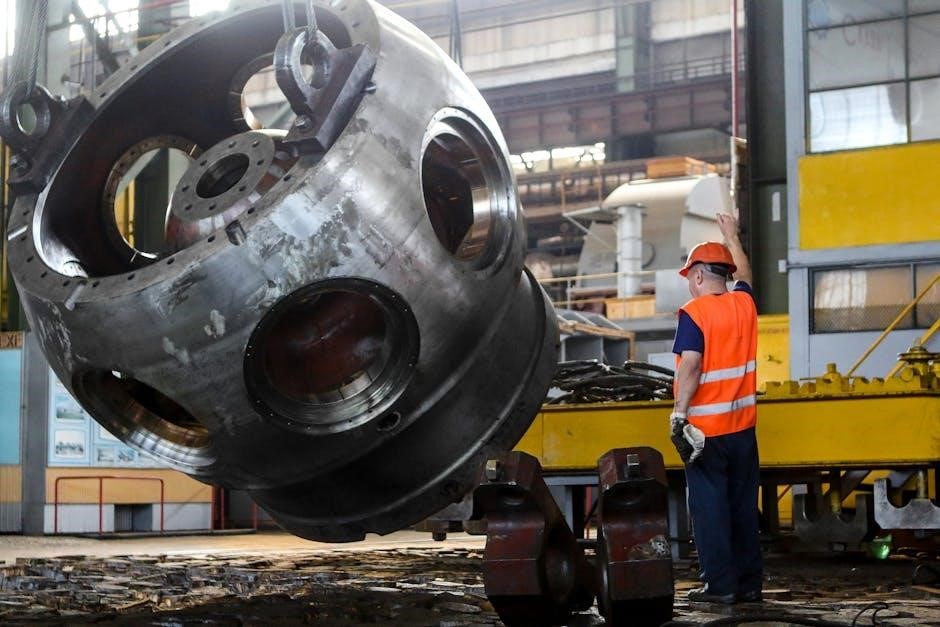
Importance of the Book in Manufacturing Education
The book is a cornerstone in manufacturing education, offering a comprehensive understanding of manufacturing science and technology. It bridges theory with practice, essential for students and educators, enhancing learning.
Interdisciplinary Approach
The 8th edition of Manufacturing Engineering and Technology adopts an interdisciplinary approach, integrating diverse fields such as mechanical engineering, materials science, and computer science. This holistic perspective bridges the gap between design and production, emphasizing the interconnectedness of modern manufacturing processes. By incorporating case studies and real-world applications, the textbook demonstrates how manufacturing engineering interacts with other disciplines, fostering a deeper understanding of complex systems. This approach is particularly valuable for students and professionals, as it prepares them to address challenges in a rapidly evolving, technology-driven industry. The book’s balanced coverage ensures readers develop a well-rounded skill set, essential for success in manufacturing and related fields.
Impact on Manufacturing Education
Manufacturing Engineering and Technology, 8th Edition significantly influences manufacturing education by providing a comprehensive, updated resource that aligns with modern industry practices. Its structured approach and active learning techniques enhance student engagement and understanding, making it a cornerstone for undergraduate and graduate programs. The textbook’s emphasis on practical applications and real-world case studies bridges the gap between theory and practice, preparing students for the challenges of a dynamic industry. Additionally, its accessibility in digital formats ensures widespread adoption, benefiting both students and professionals seeking to advance their knowledge and skills in manufacturing engineering. This resource plays a pivotal role in shaping the next generation of manufacturing professionals.